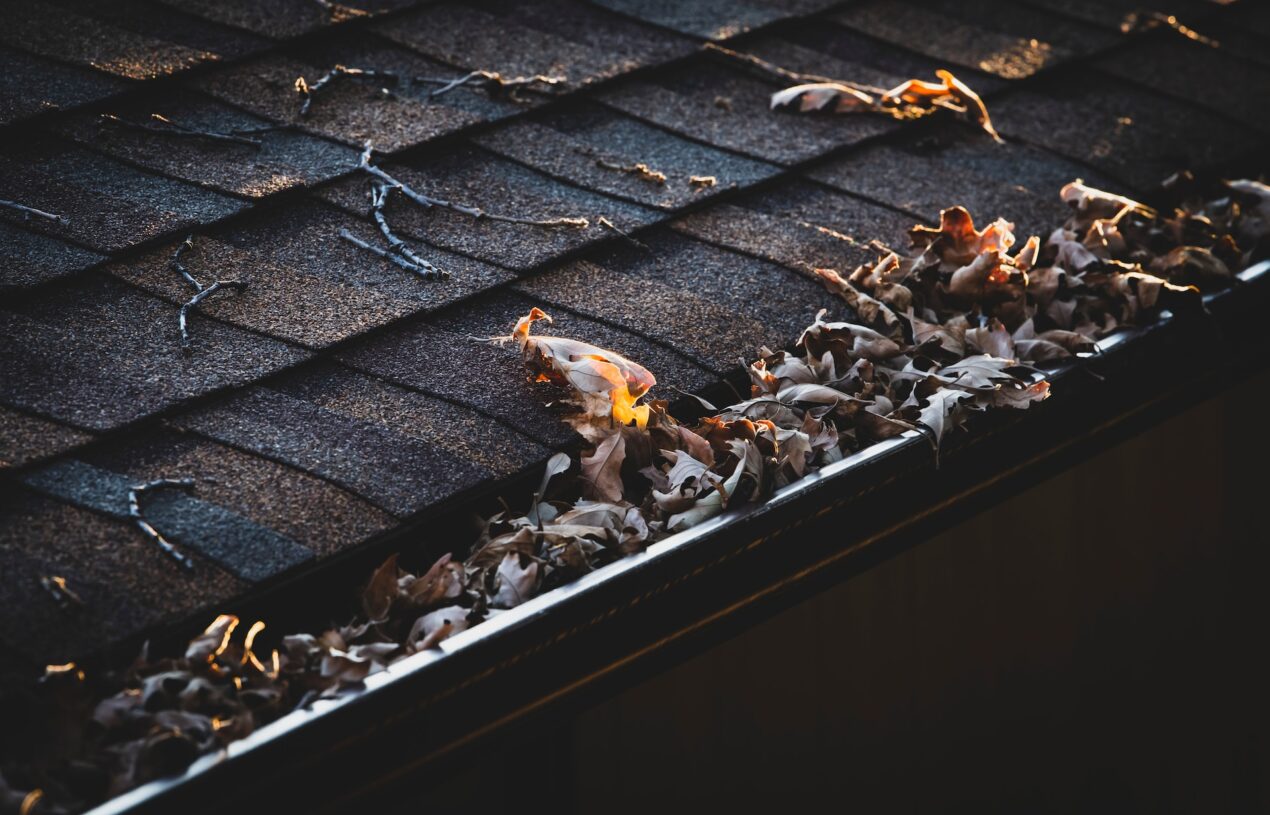Gutter systems protect roofs, siding, and foundations from water damage by directing rainwater away from the home. They should be cleaned regularly, ideally in the spring and fall, and inspected for signs of damage.
Inspect gutters for damage and wear during cleaning, including rust or sagging sections. Also, ensure downspouts are adequately sloped to drain away from the house.
Gutter installation Hillsboro is a critical aspect of home maintenance, providing essential protection against water damage by channeling rainwater away from the foundation. Whether installing gutters for the first time or replacing existing ones, a well-executed installation is critical to safeguarding your home.
Spring
Proper gutters can direct water away from your home’s foundation, preventing basement flooding and other costly problems. However, they can only perform this vital task if you keep them clean and free from obstructions.
A typical gutter system can be clogged with leaves, twigs, berries, dirt, and other debris, so it’s essential to establish a cleaning routine. Ideally, it’s recommended that you clean your gutters at least twice a year – once in the spring and again in the fall.
To complete a thorough cleaning, you’ll need a ladder, safety goggles, a garden hose, and a gutter scoop or trowel to remove debris. It’s also a good opportunity to inspect your gutters for damage, such as loose or sagging portions, corrosion, and leaks. These issues can be addressed before they worsen during heavy rains or snowfall. Check your downspouts for clogs as well. If they’re not flowing smoothly, shoot water from a hose down each one to clear them out.
Summer
While summer is a time for barbecues, pool parties, and relaxing in the yard, it’s also an important season to maintain your gutters. Gutters prevent roof leaks, foundation problems, and pest infestation by directing rainwater away from your home.
Gutter systems often become clogged with leaves, twigs, and other debris in the summer. Establishing a regular cleaning routine is the best approach to avoid these problems. Leaving a build-up for months can generate an uncomfortable mixture of water, mold, moss, and muck.
It’s essential to have the proper equipment to tackle this task, including a sturdy ladder, safety goggles, gloves, and a bucket or catch bag for discarded debris. It’s essential to start at the bottom of the gutter and work your way up, scooping out any accumulated materials into your bucket or bag. It would help if you also used this time to trace the water flow out of your gutters to ensure it follows a healthy path away from your house.
Fall
Gutters work hand in hand with your roofing system to protect your home and reduce the risk of foundation damage, siding damage, landscape erosion, and other serious problems. However, they can only do so if they are functioning correctly. That’s why gutter maintenance is so essential.
The fall season is an excellent time to clean your gutters because leaves are beginning to fall and can cause clogs. It’s also a good opportunity to look for signs of deterioration, such as loose fasteners, rusting, or drooping parts, in your gutters.
Once the leaves have fallen, use a ladder to scoop out large debris from your gutters and downspouts carefully. Then, using a gutter brush or hose, wipe away the gunk and check downspouts for unobstructed flow. Lastly, trim back overhanging trees that can drop branches or leaves onto your roof and gutters. Doing so will also help reduce the amount of debris in your gutters and other parts of your home throughout the year.
Winter
In winter, gutters are most likely clogged with debris that will freeze and turn to ice. This can cause damage to the gutters and downspouts, as well as the roof. The best way to prevent this is by cleaning your gutters before they get cold. This will help to remove any debris and ice blockages. It is also an excellent time to look for any signs of rust or other issues.
It is essential to keep trees and shrubs trimmed away from your home to minimize falling branches and leaves that can end up in your gutters. This can also help direct water flow from your roof and into your gutters without causing a clog.

